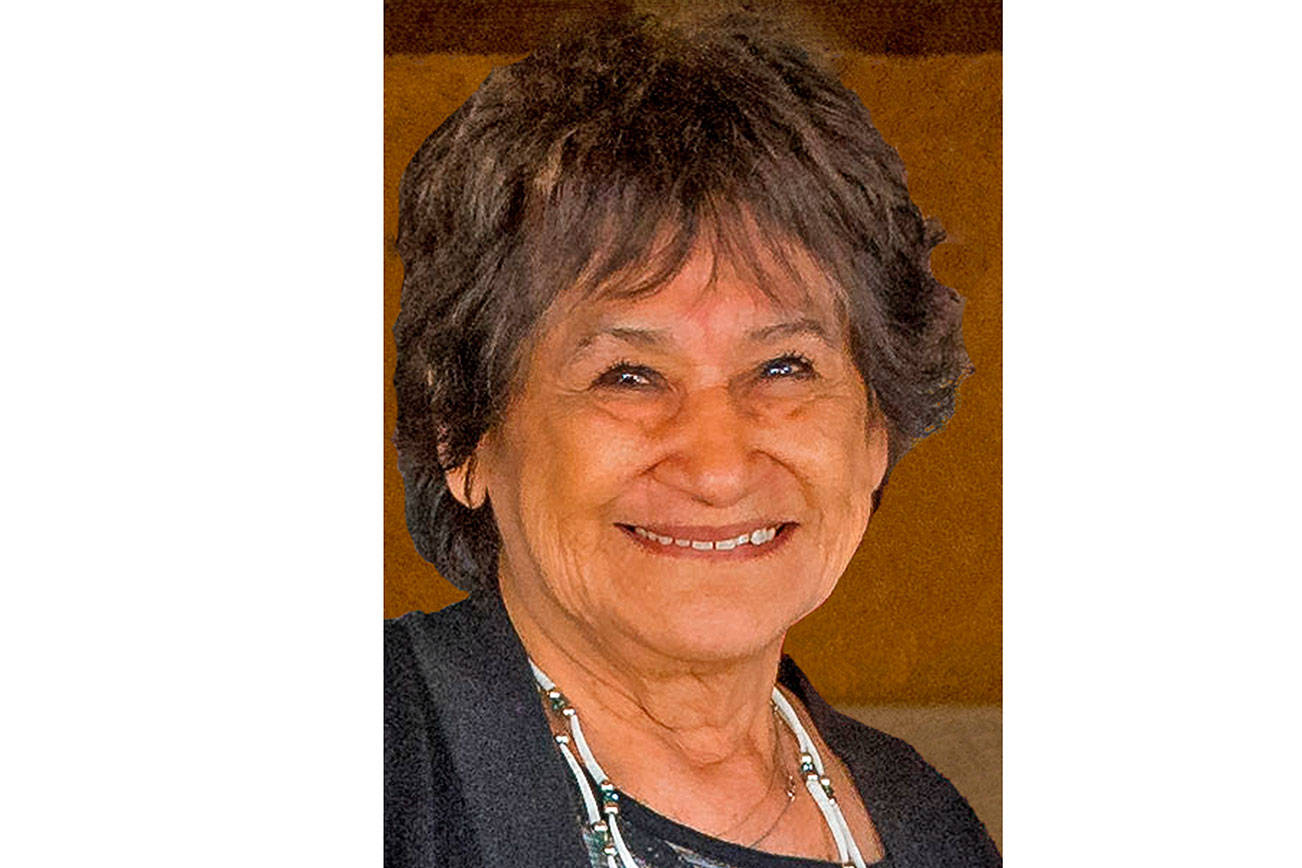Before every election, strips of land like the one between the BNSF tracks and Old Highway 99 are thoroughly decorated with signs. It’s a mess that must cause members of Marysville’s Arts Commission to tear their hair. Either Marysville’s City Code is a little murky on the posting of political signs or the city hasn’t found it practical to enforce or strengthen it. Whatever, the result amounts to a civic eyesore.
A few provisions of city code touch the issue. Public nuisances are treated in Chapter 6.24.050. Abandoned signs and free-standing litter-on-a-stick signs are defined in Chapter 22A.020.070. Temporary signs are theoretically governed by Chapter 22C.160.080(7b).
Election litter is usually defined as signs placed on public, government-owned property or on privately owned property without the owner’s permission. Though sometimes banned by local governments, political signs remain as pervasive as crabgrass. Where signs are permitted, they are generally regulated as to size, allowable time for posting and mandatory time for removal.
Some argue that the wholesale posting of political signs is protected as free speech. That notion took a hit in 1984 when the United States Supreme Court held that political propaganda on public property was not entitled to protection under the First Amendment and that the states may enact and enforce laws to criminalize this “visual assault on the citizens.” That’s rather strong language.
The city of Raleigh, N.C. came down on political signs from another angle. The city won a court ruling that said, “… no empirical studies are necessary for reasonable people to conclude that billboards (including political signs) pose a traffic hazard, since by their very nature they are designed to distract drivers from maintaining their view of the road.”
The worst aspect of political signs is that they really work without giving voters anything of substance. SignElect.com, a web vendor of political signs said, “Political signs are a common sight through the year during upcoming elections. These great yard signs you see across town everyday help put your name out there for potential voters to see. The best part about these amazing plastic yard signs is that they really do work! Think about it, with so many people driving, walking or jogging in their everyday life they are bound to notice the campaign lawn signs, especially if the colors and the messages stand out.”
The fact that roadside signs do influence elections through nothing more than name-recognition should be reason enough to question their use. Simple name-recognition has nothing to say about a candidate’s qualifications. In fact, plastering roadsides with candidates’ names has accounted for placing quite a number of dodos, axe-grinders and nincompoops in public office.
Papering the landscape with name-bearing signs has proven to be the cheapest way to get elected. SINELECT.com offers 100 12×12 signs for $65. Think bigger and you can get 100 16×24 signs for $1.55 each. Of course that’s for only one color of ink. Speedy Signs USA sells 100 12×18 signs for only $99.00. At that rate a couple hundred dollars worth of signs would saturate every arterial in Marysville. But to do the job right you’ll need to pay more for multi-hued glitzy eye-catchers. Even then they’re a bargain.
Overkill application of flashy signs can elect anyone, even animals. Aided by road signs, Molly the Dog from Oklahoma was named a candidate in the U.S. presidential election. Morris, a cat, ran as a candidate in the U.S. presidential election in 1988. In our state, Boston Curtis, a brown mule, was offered as a candidate for a Republican precinct seat in Milton, Wash., winning 52 to zero. One perpetrator of an election hoax famously said, “Never underestimate the gullibility or ignorance of the American voter.”
Steven Colbert of Comedy Central highlighted the name-recognition flaw by endorsing a non-existent candidate, Rick Parry (not the Rick Perry of Texas). By keeping the Rick Parry name — not qualifications — in front of his audiences the bogus candidate’s run gained traction.
Name recognition should not be allowed to count for as much as it does. If it were to come down to one source, opinions gained from candidates’ profiles in voters’ pamphlets would serve us much better. Yet it is the annual deluge of name-bearing signs that seems to tip the balance in favor of whoever is blessed with a comfortable-sounding name, comes up with an eye-catching sign design and buries the opposition with sheer quantity of signs.
No doubt about it, candidates who have to depend on political signs to maximize name-recognition cheapen and pervert the electoral process. It is good that Washington State is relatively free of the other wonderfully sleazy tactics that tainted elections in Illinois, Kentucky, Texas, North Carolina, Pennsylvania, Colorado, Wisconsin and Florida but we can still clean up our act by re-thinking sign ordinances.
Tighter control of electioneering signs would go a long way toward assuring us of a better grade of office holders. This is necessary. Given the state of our society and economy we can’t afford to be so sloppy in how we choose candidates.
Comments may be addressed to robertgraef@comcast.net.




